Selection of the most interesting space news over the past week: The NASA Space Apps Challenge 2023 took place in Ukraine; a leak occurred from the radiator of the Russian Nauka module; a total solar eclipse may disappear forever, and a creepy “spider” was found on Mars.
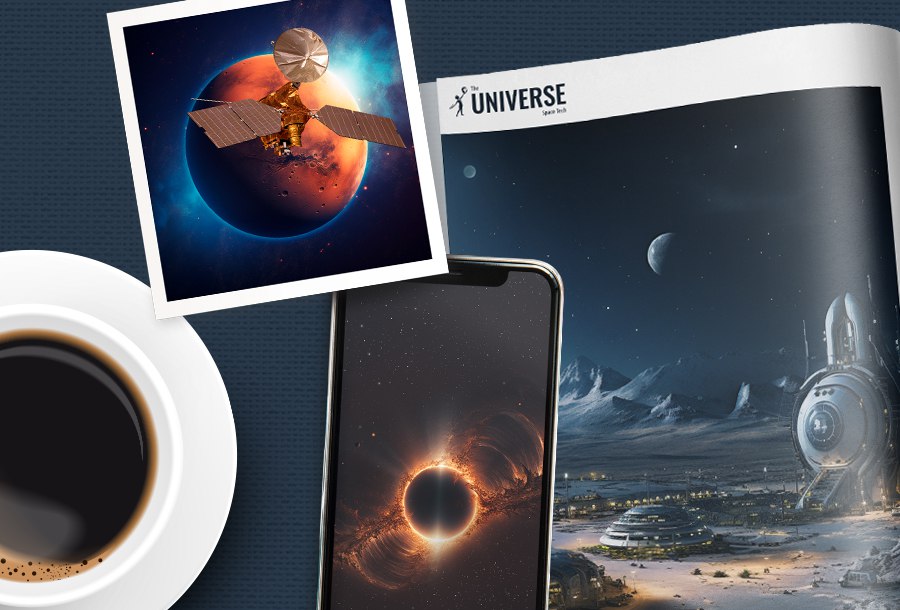
NASA hackathon took place in Ukraine
On October 7-8, the local stage of the international hackathon NASA Space Apps Challenge 2023 was held in Ukraine. For the seventh time, Ukrainian engineers and scientists were offered to find a technical solution to the problems that concern the American Space Agency within 48 hours.
This year, the events were held in parallel in Kyiv and Dnipro. At the same time, due to security requirements, they were mainly conducted online. However, the NGO “Association Noosphere”, which was the organizer of the events in the Dnipro, was still able to gather some of the participants together and see fascinating projects.

Creepy “spider” was found on Mars
The Mars Reconnaissance Orbiter (NASA) recently took an amazing picture. It registered a crater on the surface of the Red Planet, next to which two grids of thin lines were located. Some of them resembled creepy spiders, others — mysterious symbols.
Scientists say that the reason for the formation of such structures is the process of sublimation. Water ice on Mars, instead of melting, usually goes straight from solid to gaseous. And the creepy spider is just a consequence of that.
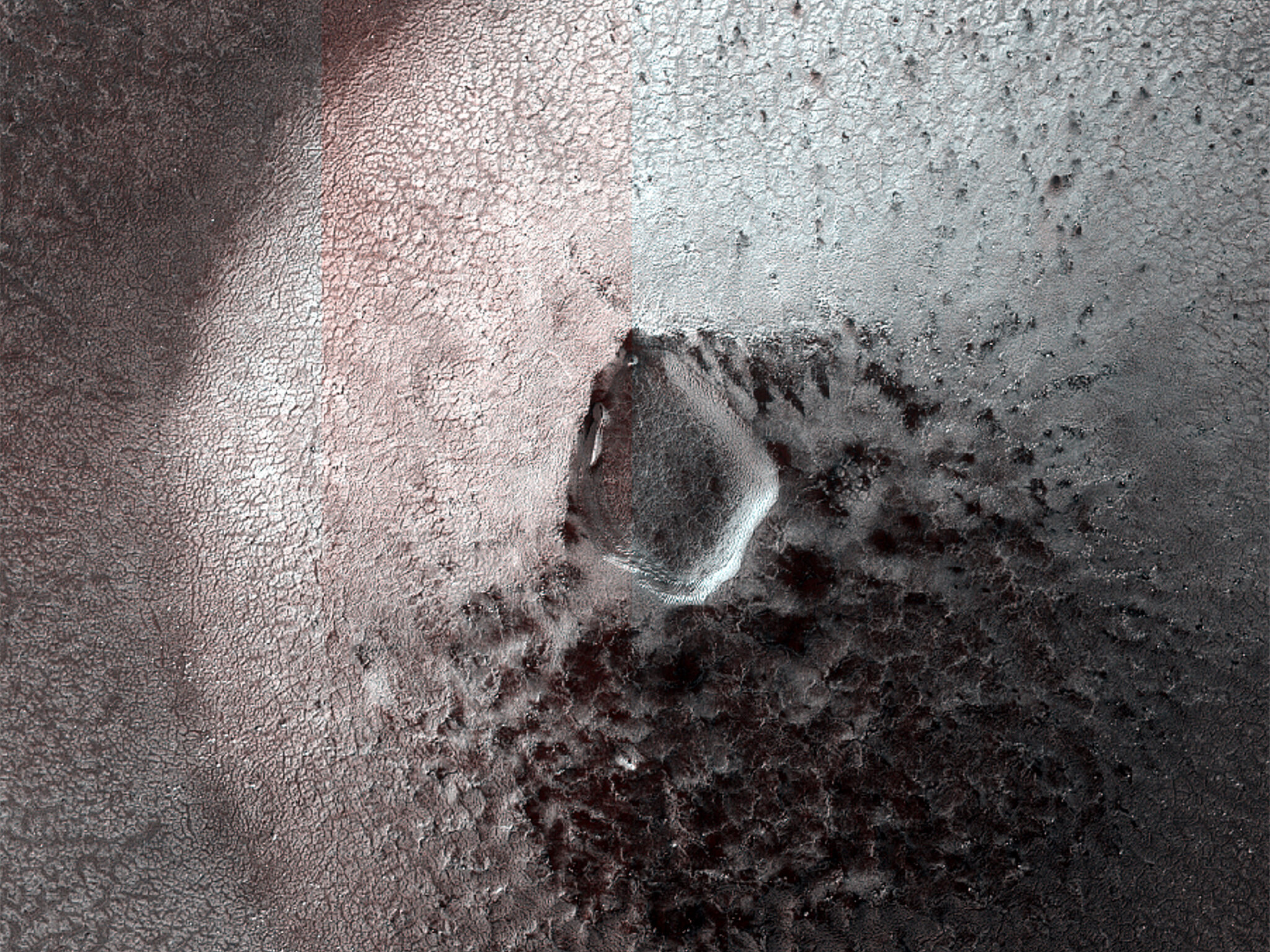
The Russian Nauka module is leaking in orbit
NASA experts report that problems have arisen with the Russian Nauka module, which is part of the International Space Station (ISS). Strange “flakes” are flying out of one of its radiators, which are obviously frozen coolant.
This is the third such case with Russian equipment during the year. Prior to that, similar problems had arisen with the Progress and Soyuz spacecraft. Experts agreed that the cause of the leak could be some kind of external influence.
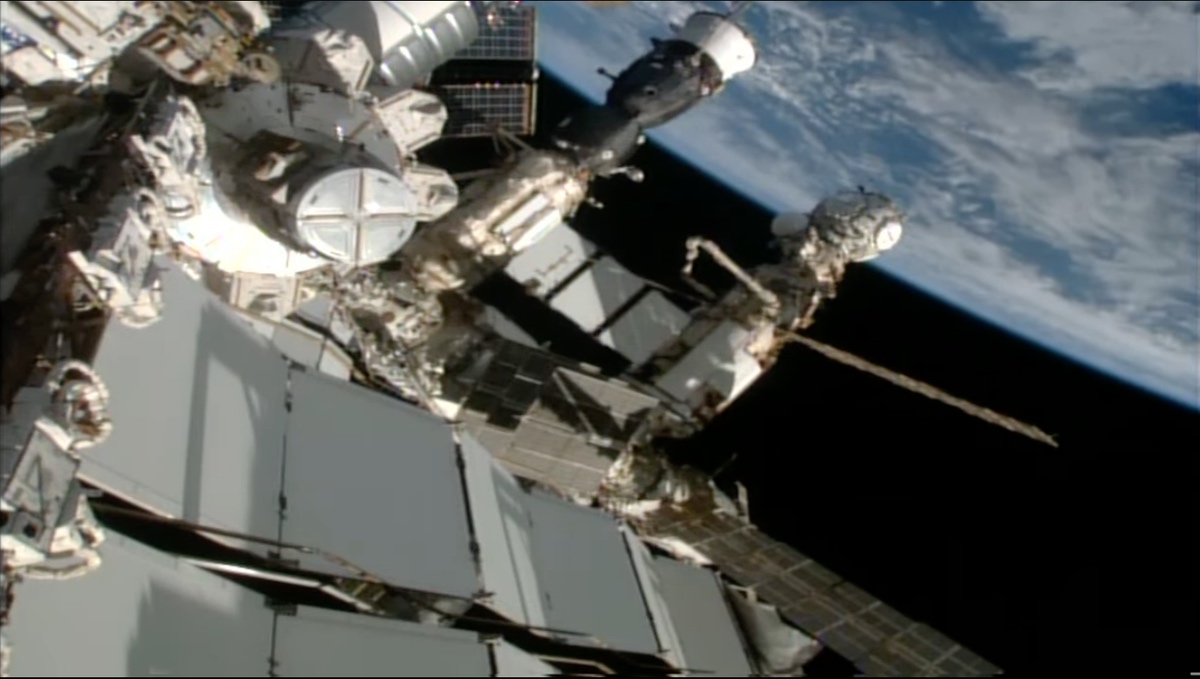
NASA will build a base on the Moon
NASA has set ambitious goals for our natural moon. They include not only the return of astronauts to the Moon for the first time in more than half a century, but also plans to build a fully functional lunar colony by 2040.
It is expected that the key to the implementation of these ambitious plans will be the use of local resources. In addition, NASA plans to use special 3D printers for the construction of buildings on the Moon.
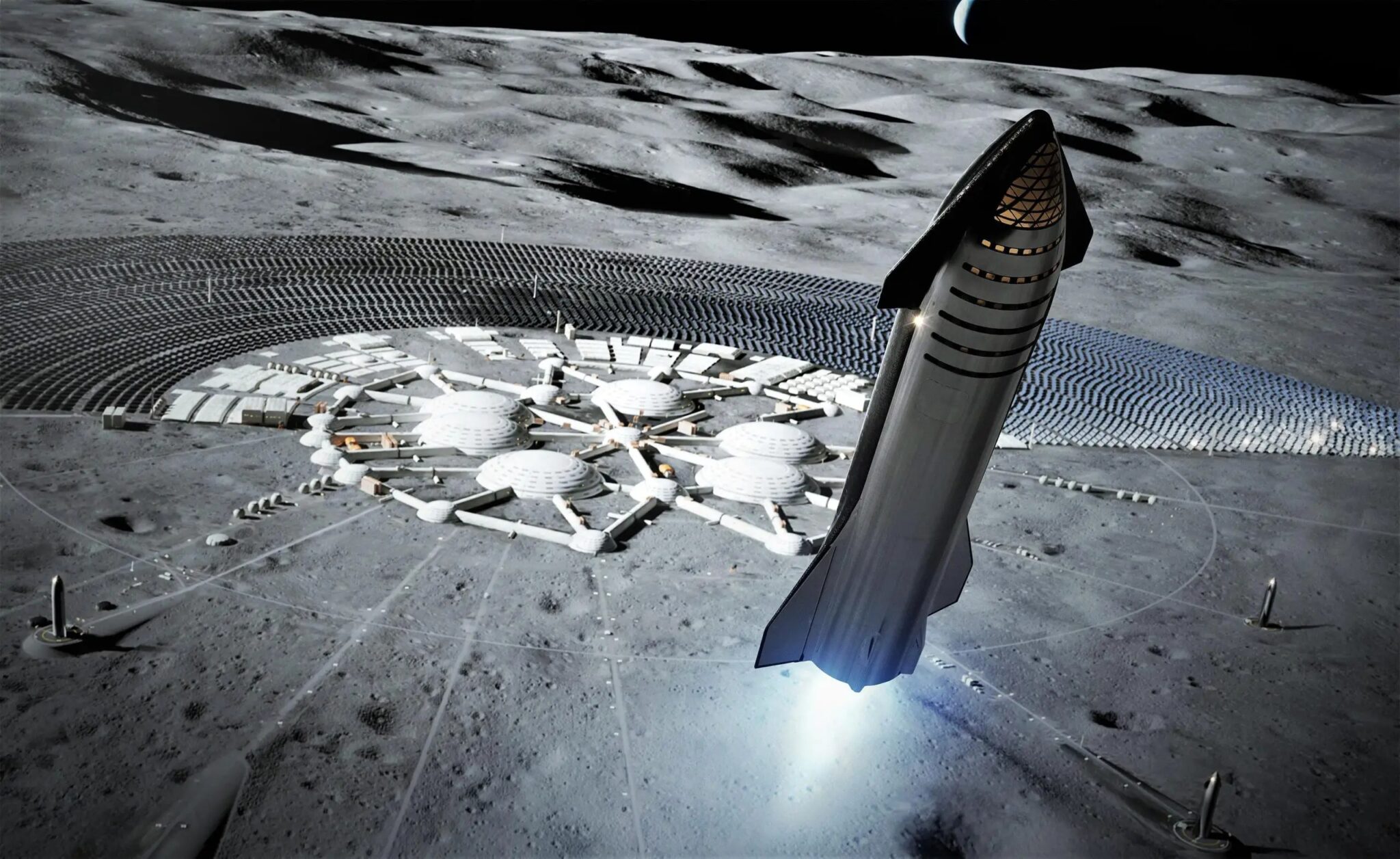
Total solar eclipses may disappear forever
On Saturday, October 14, the sky will become the theater of an amazing celestial event for almost a billion inhabitants of North and South America. On this day, the Moon, moving in its orbit, will pass between the Sun and the Earth, creating a beautiful natural phenomenon — an annular solar eclipse.
Scientists say that in the distant future, total solar eclipses will disappear. Instead, only annular ones will be observed, as they are now on Mars. This will happen due to the fact that the Moon is slowly moving away from us.
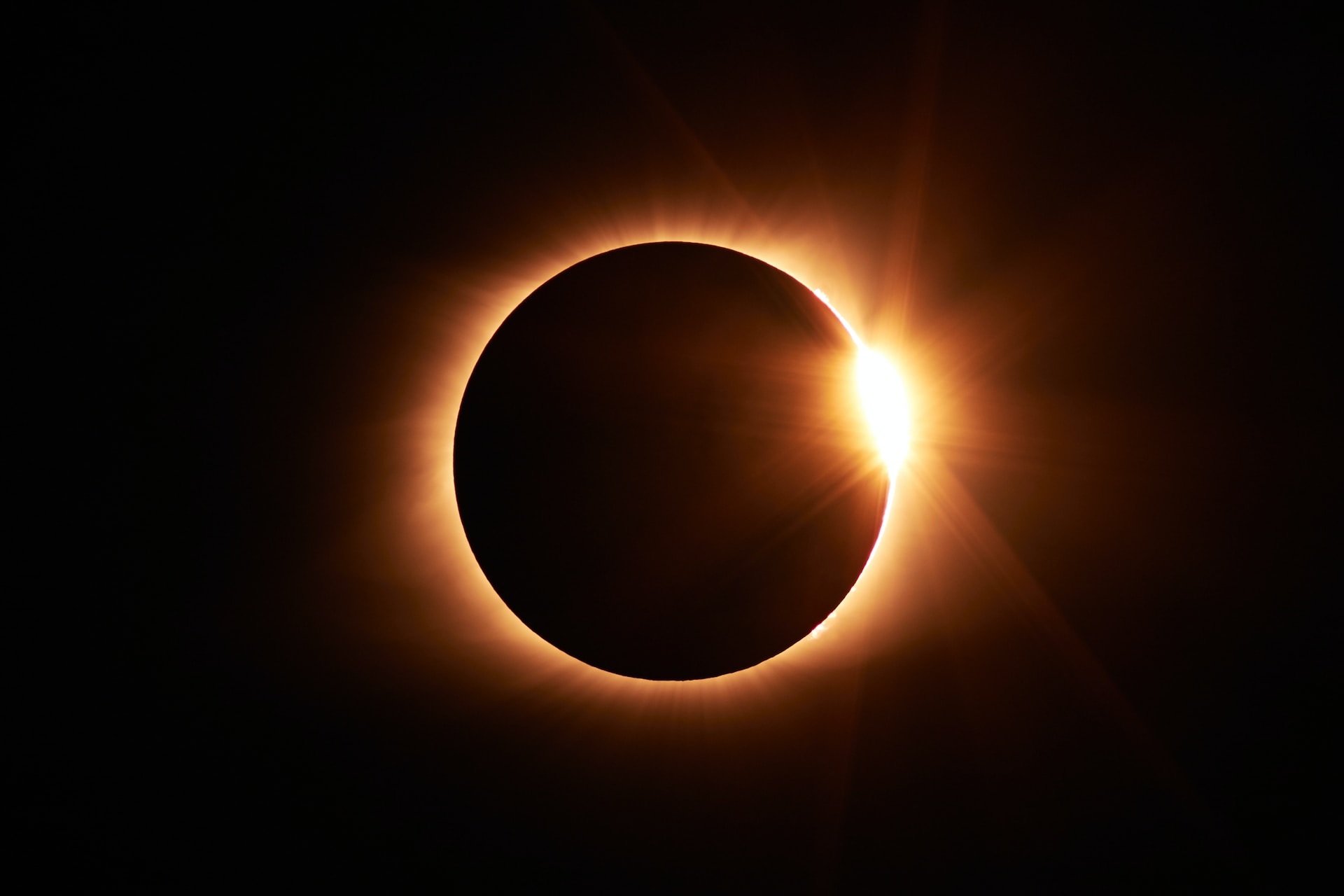
Satellites photographed an iceberg the size of the Kyiv reservoir
Spacecraft are tracking the giant iceberg D-30. This huge piece of ice, slightly larger than the Kyiv Reservoir, recently crashed into Clarence Island, where there is a natural refuge for penguins.
Iceberg D-30A is about 72 km long and 20 km wide. This makes it the largest among the fragments of the ice floe D-30. It arose as a result of the split of the parent iceberg D-28 in June 2021, when it crashed into the coastline on the east coast of Antarctica.
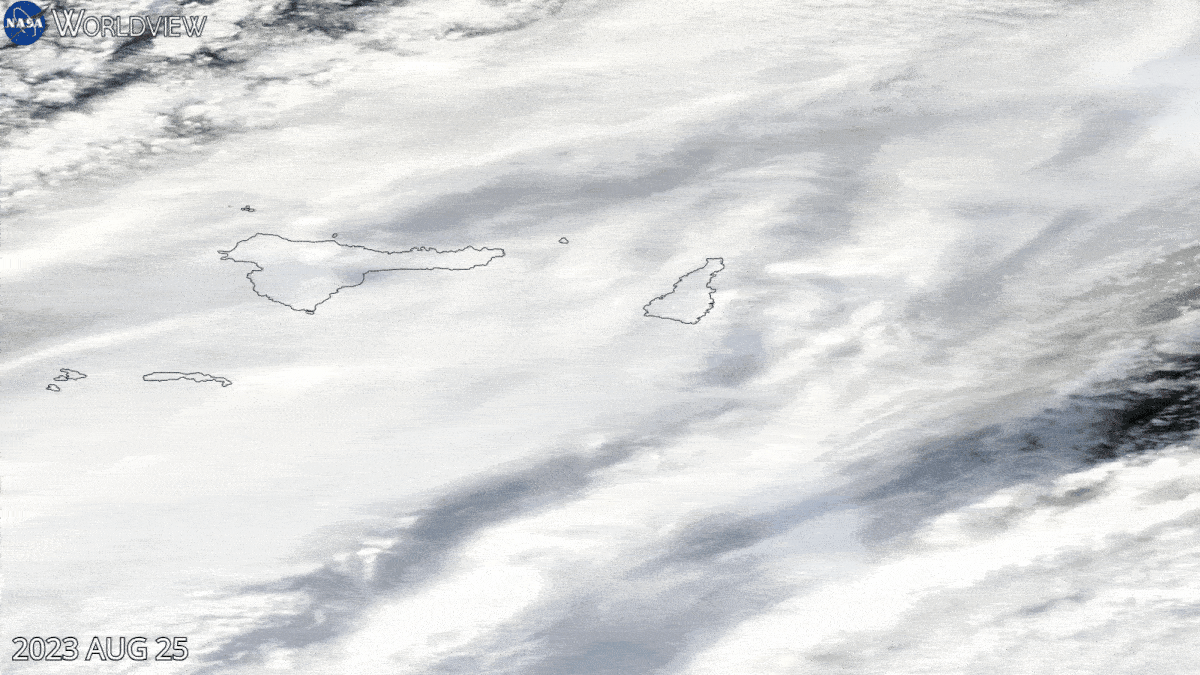
Astronomers see the consequences of the collision of two ice giants
The sun-like star ASASSN-21qj began to fade a few years ago. Recently, an amateur astronomer reported that before that, it had dramatically increased its brightness in the infrared spectrum.
Professional astronomers have managed to understand the causes of these strange events. Scientists have come to the conclusion that their best explanation is the collision of two giant icy planets. It led to the formation of an expanding cloud of debris, which first increased the infrared brightness of the system.
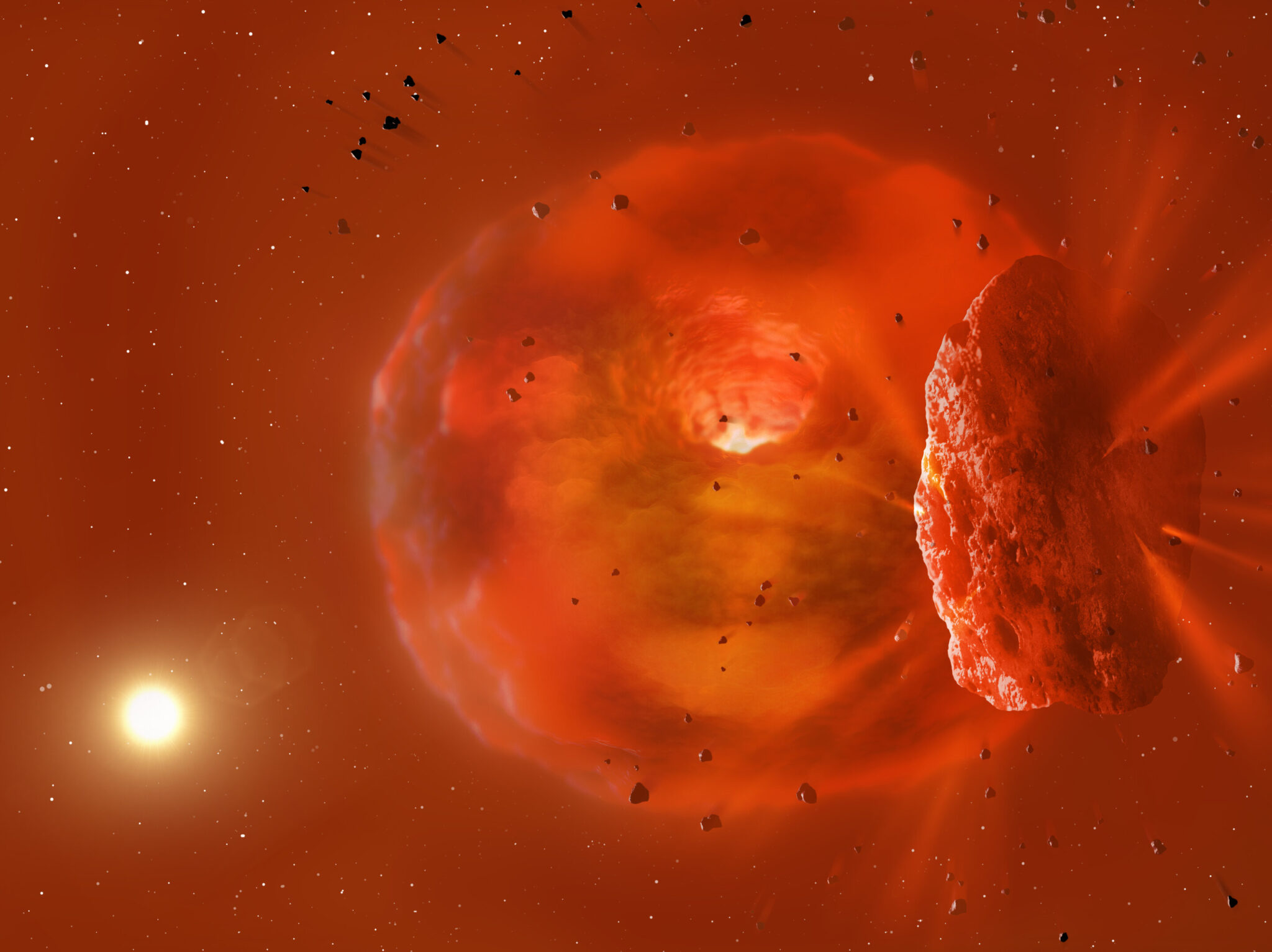
Psyche mission has started
On October 13, the Falcon Heavy rocket launched Psyche spacecraft into space. The launch took place from the cosmodrome at Cape Canaveral. The carrier’s side boosters successfully decelerated and landed.
The spacecraft is now waiting for a long journey to its destination — the asteroid 16 Psyche. This celestial body is the largest single piece of iron in the solar system, and scientists really want to know if it is the core of a once-destroyed planet.
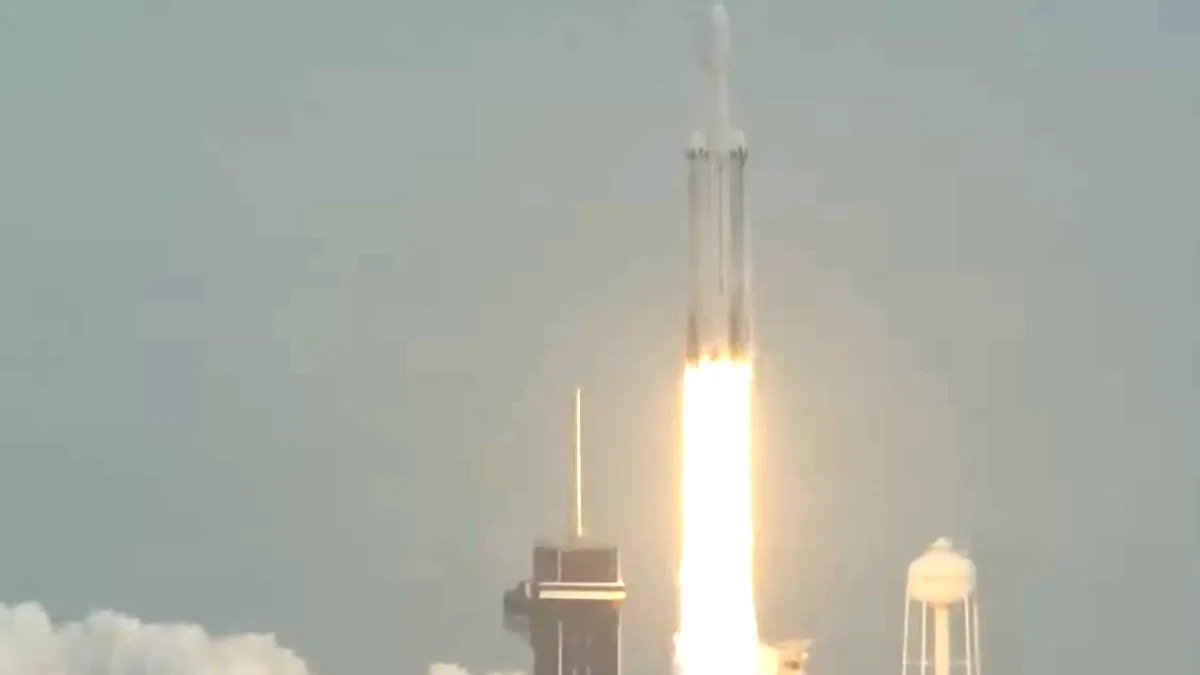
Photo of the week: James Webb captures the stellar maternity hospital
The James Webb Space Telescope (JWST) took an incredibly bright image of the emission nebula NGC 346. It is located in the Small Magellanic Cloud, a companion galaxy of the Milky Way. New stars are actively being born there.
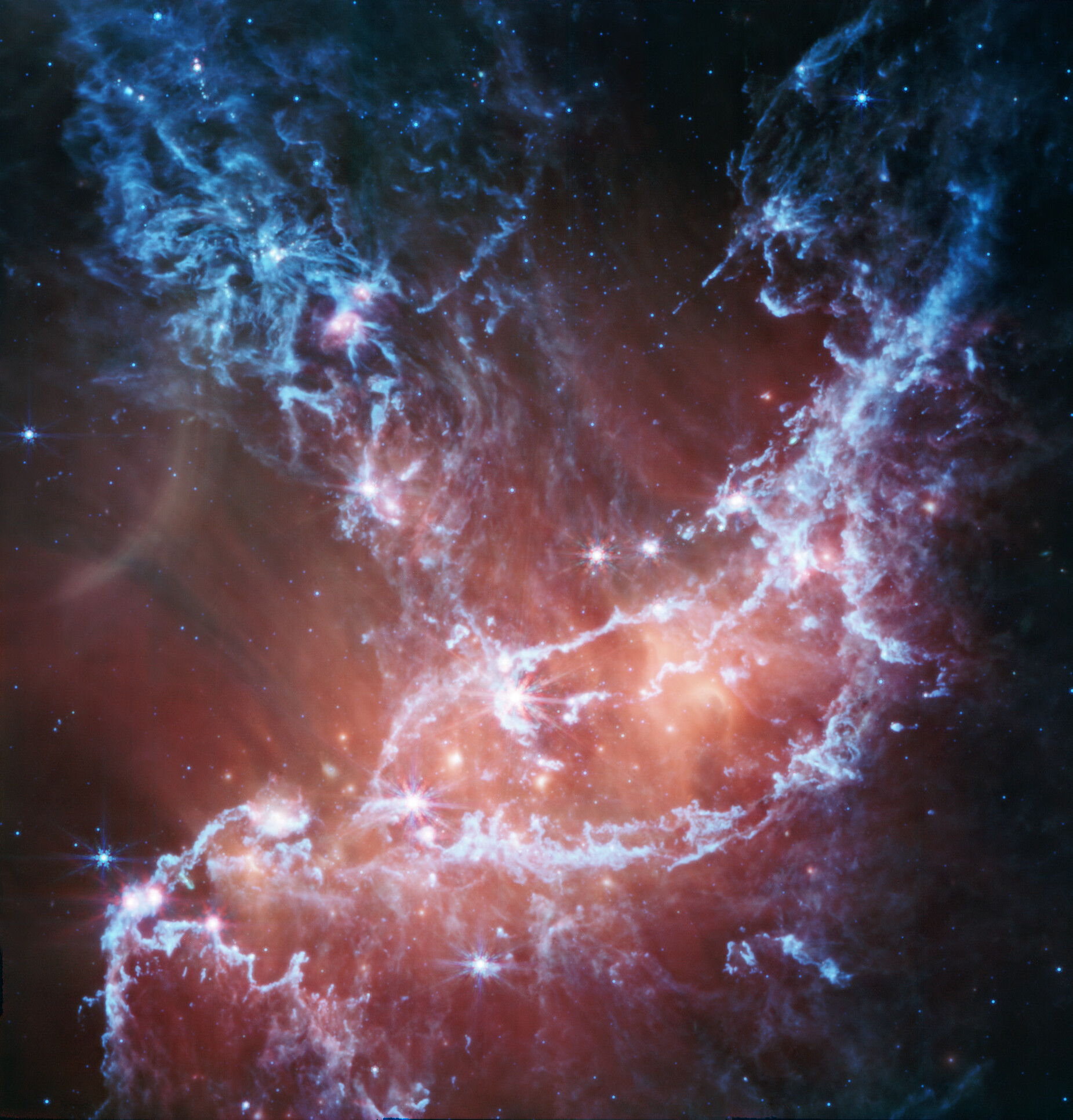
Interesting figure — 526,587 stars
The European Space Agency published a new release of data collected by the Gaia Space Telescope. Among other things, it managed to count the stars of the globular cluster ω Centauri. There were 526,587 of them. In addition, it could find more than 380 potential gravitational lenses and accurately determine the orbits of about 150 thousand asteroids.
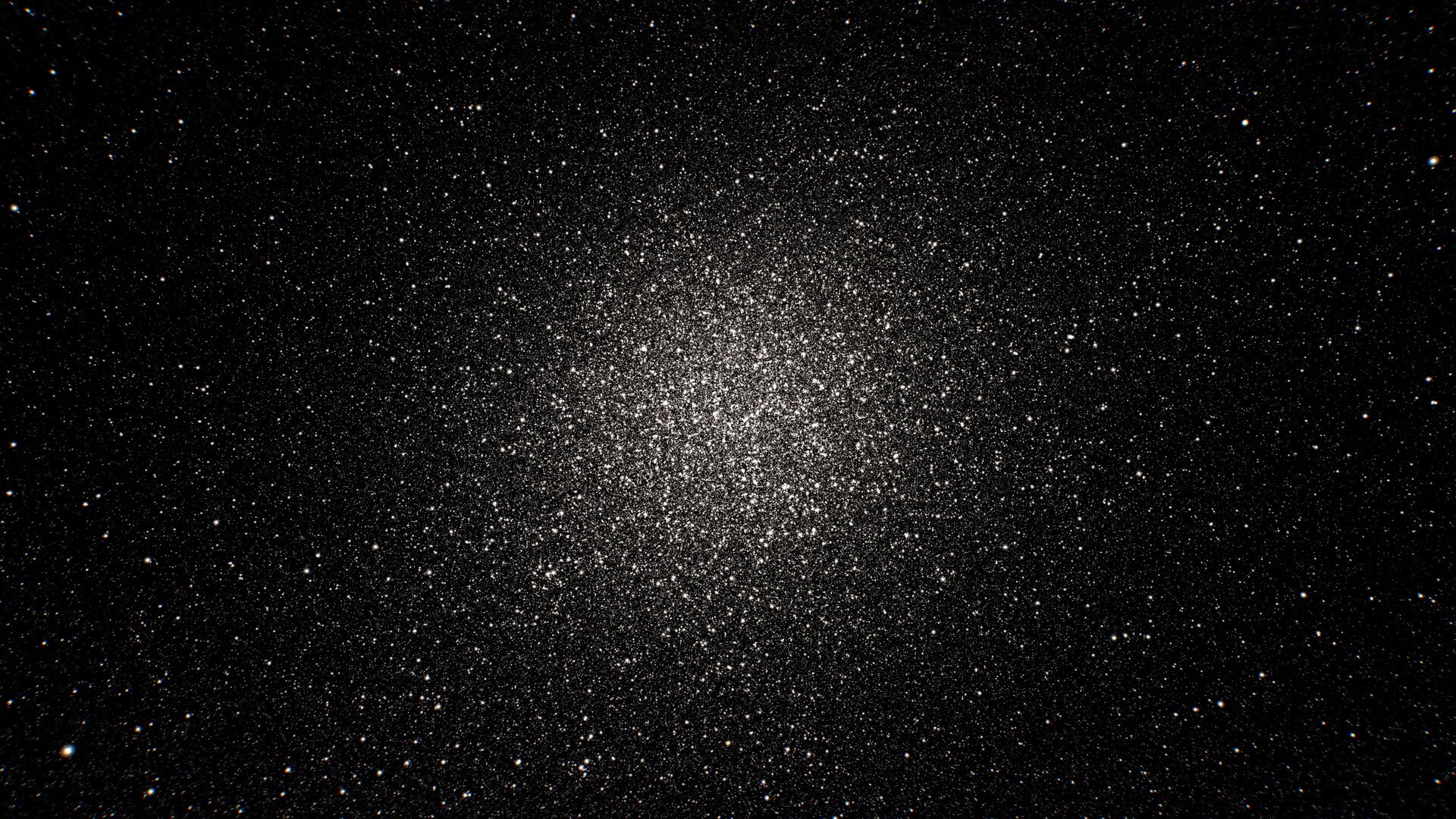
Something to read on the weekend
This weekend, we offer our readers the completion of the story about how you can make money in space. In the third part, we will talk about projects for the distant future. It is quite possible that the most profitable business in the end will be space tourism and real estate trading on the Moon and Mars.
In addition, you may be interested in the article by Volodymyr Maňko about small bodies of the Solar System. There you would learn how people discovered asteroids. These objects potentially pose a threat to our planet, so they continue to be closely monitored.
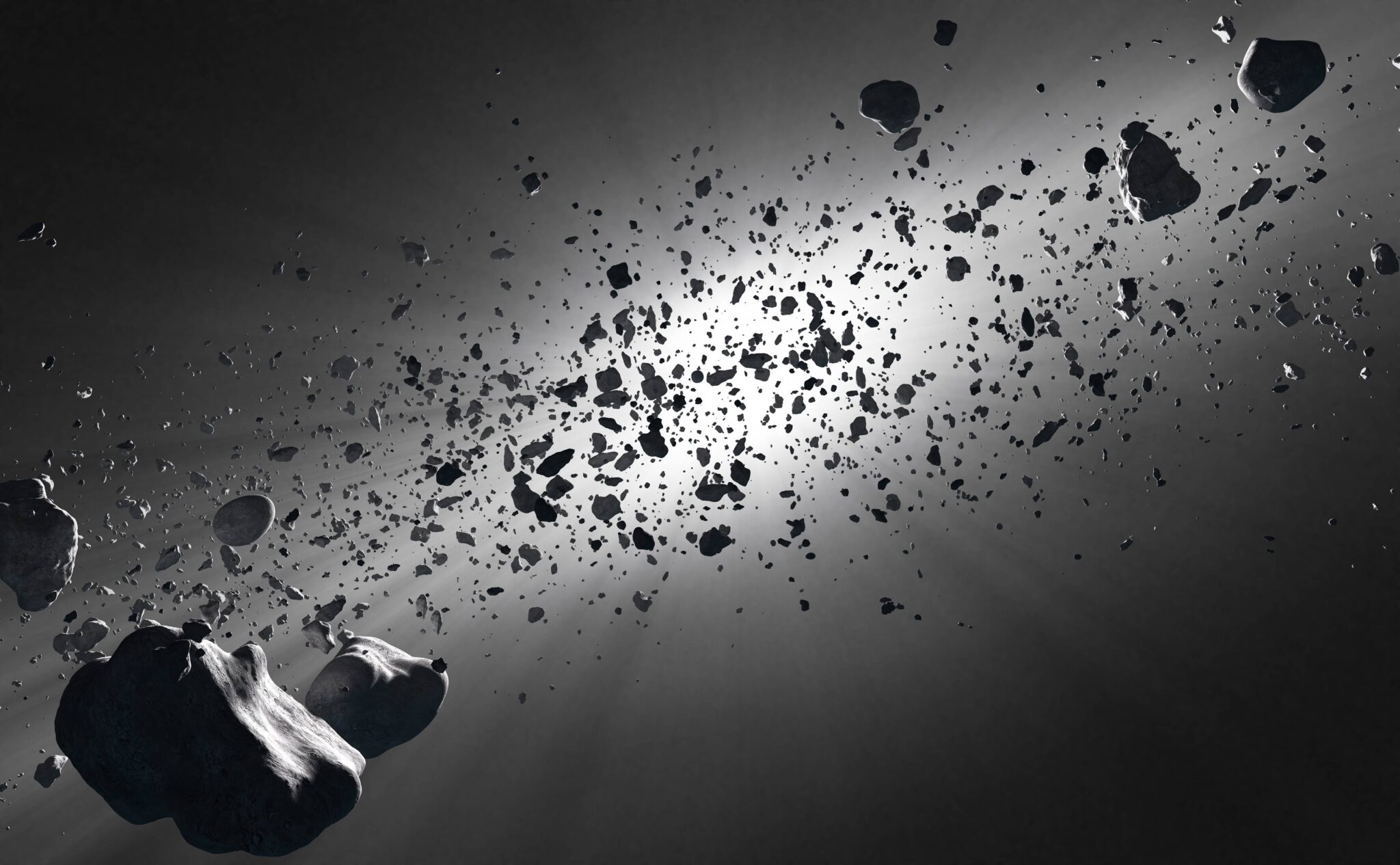
Finally, another article tells about the Psyche mission, which will soon launch into space. It should explore the asteroid Psyche, largely composed of iron. From the article, you will learn what scientific tasks this spacecraft faces and how it works.
Follow us on Twitter to get the most interesting space news in time
https://twitter.com/ust_magazine
